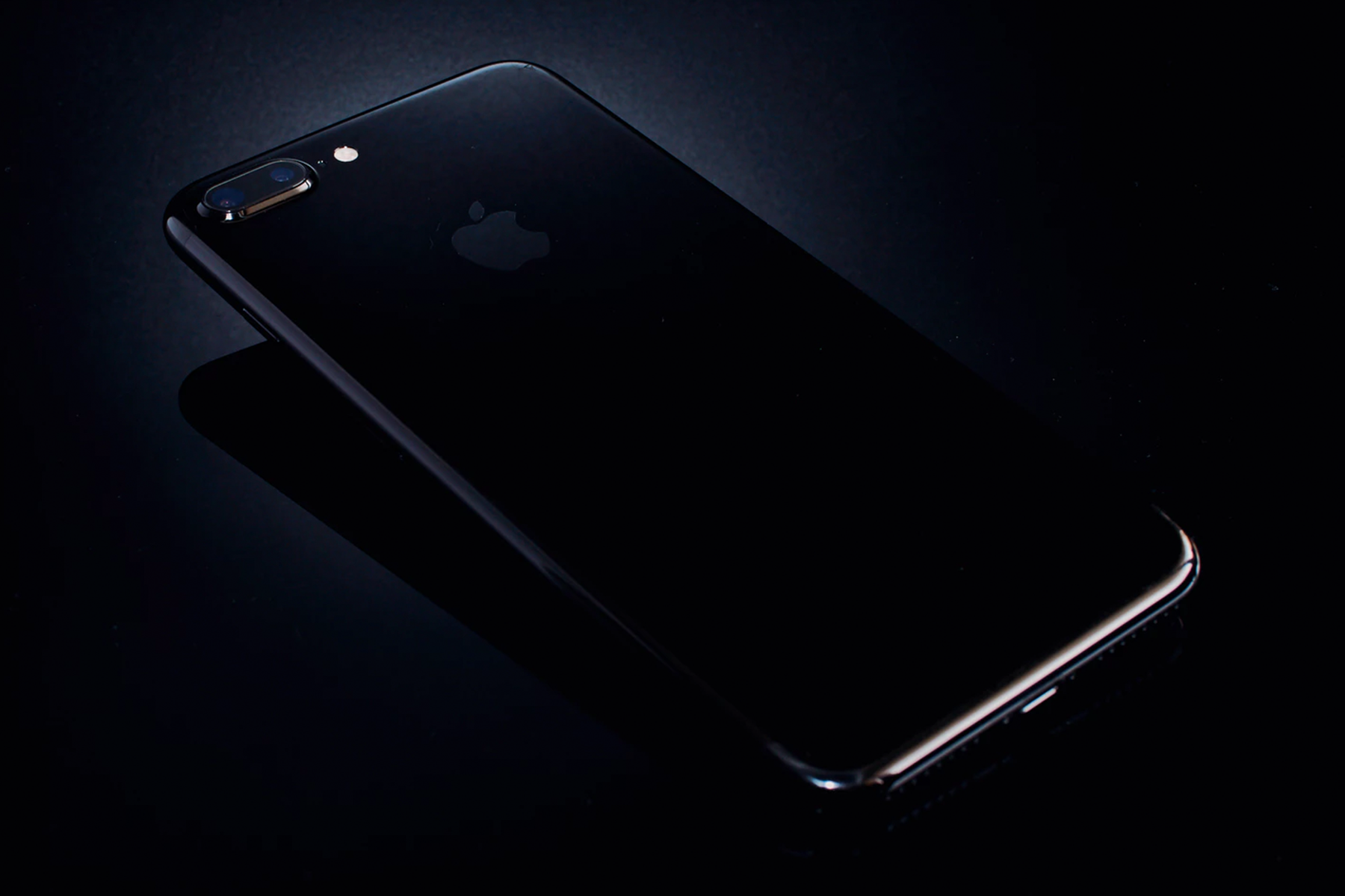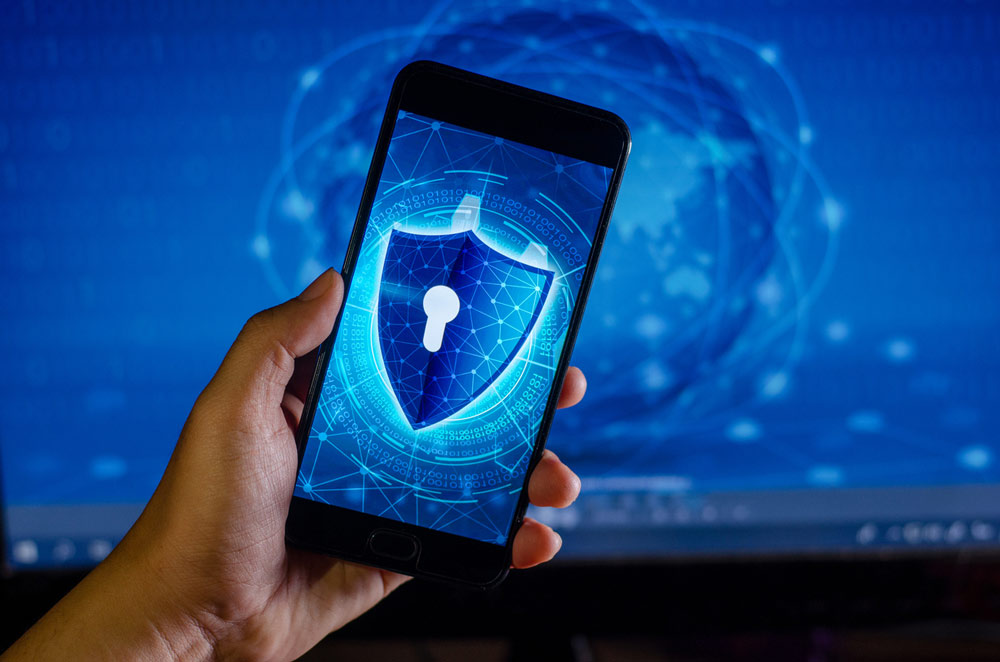
Guide to iPhone Virus Removal
One of the biggest reasons an iPhone may have a virus or malware infection is because of malicious websites. Apple maintains high levels of security concerning their App store which means that most of the content in the App store has been deemed safe. However, there are sometimes exceptions to this and viruses and malware may find their way to your iPhone.
Some of the viruses may have been designed to only mildly annoy you; however, there are others aimed at stealing your personal information. To make sure that your iPhone is safe from any of these viruses, we’re going to go through some of the most surefire signs that will indicate that you’re a victim of a virus/hack. We will then talk about some ways to get rid of the viruses that might be infecting your iPhone.
Buggy Apps
When Apple creates their products, they make sure that it’s hard for anyone to create viruses or hack an Apple device. So, if you think that you might have a virus on your iPhone, it might just be a buggy application.
Think about the app that is continuously giving you problems. When you’re in this app, do advertisements keep popping up on the screen? If you click on the ads, does Safari open but then take you directly into the App store? Do these problems only happen when a specific app is open and being used?
If you said yes to these questions, then you might have an app that is infected with a virus. This could’ve happened by the app developer using a development kit that was infected by a virus to create the app you then downloaded.
If you find that the problem is because of an app that has been infected with a virus, then the good news is that it is easy to fix. You will just need to uninstall the faulty application. This is simple enough to do if you follow these steps:
Steps to Getting Rid of Buggy Apps
- Check the App store to make sure that there isn’t an update waiting to be installed – this may fix any problems that you’re experiencing
- If the App store doesn’t have any new downloads or it doesn’t work, delete the app
- From the home screen, press down on the app until all of your apps start to wiggle
- In the upper left-hand corner of the now wiggling app, there is a tiny X, touch it, and the app will be deleted
- Hit the home button to stop the other apps from wiggling
Jailbreaking Your iPhone: Don’t do it!
To avoid any problems with your Apple device, don’t jailbreak your phone. While it might be tempting to jailbreak your iPhone so that you can download whatever you want without any restrictions, it just opens you up to potential hacker threats. Apple has restrictions on what apps are offered in the App Store; this is to try to weed out any potentially harmful apps that might have been created to steal information from you. By bypassing Apple’s security protections, you’re putting your device and information in jeopardy.
Removing Viruses Off Your iPhone
After deleting the potentially harmful app, you may notice that your iPhone is still acting weird; you might have a virus on your device. It doesn’t matter how it got there; you need to act fast to fix it once you’ve discovered the problem.
Here are some steps to removing the virus from your device:
- Restart your device
- Hold down the power button until you see them, “Slide to Power Off†option
- Power off your phone by sliding that power off bar
- Turn your device back on by holding the power button until the white Apple logo shows up
- Clear your Safari history
- Go to your settings app
- Click on the Safari tab
- Find the option that says, “Clear History and Website Data†and click it
- Visit the Apple Store to see if a professional can help you figure out the problem and, hopefully, get rid of any viruses you might have
This can be a pricey option! However, if you have Apple Care or you purchased your iPhone less than a year prior and haven’t broken any rules that might void your warranty (i.e., jailbreaking), this could be a free service.
- Restore your iPhone to a previous backup
- Go to settings
- Click the General tab
- Find the option that says, “Reset†and click it
- Click the option that says, “Erase All Content and Settingsâ€
- After the reset, make sure you set up your iPhone using a backup that took place before you started having problems
WARNING: Make sure that your device has been set up to automatically backup your data. If you haven’t done this, you won’t be able to able to do this step!
Final Thoughts
It is always advisable to do everything you possibly can to help protect your phone against threats like viruses and malware. Apple has already installed many security measures to protect your device from being attacked by a hacker so maintaining these security measures should not be hard to accomplish.
However, doing these two things will help make sure that your iPhone is safe from any viruses:
- Never jailbreak your iPhone. We already touched on this subject earlier in this article, but it’s the biggest thing you can do to protect your device from viruses. Never attempt to bypass Apple’s security measures so that you can download whatever you want; it’s just not worth it.
- Make sure that you keep your iPhone device up to date with any software updates that Apple might have released.
To check for and install updates:
- Go to your Settings app
- Find the General tab
- There will be an option that says, “Software Update†click this
- If any updates pop up, install them.

